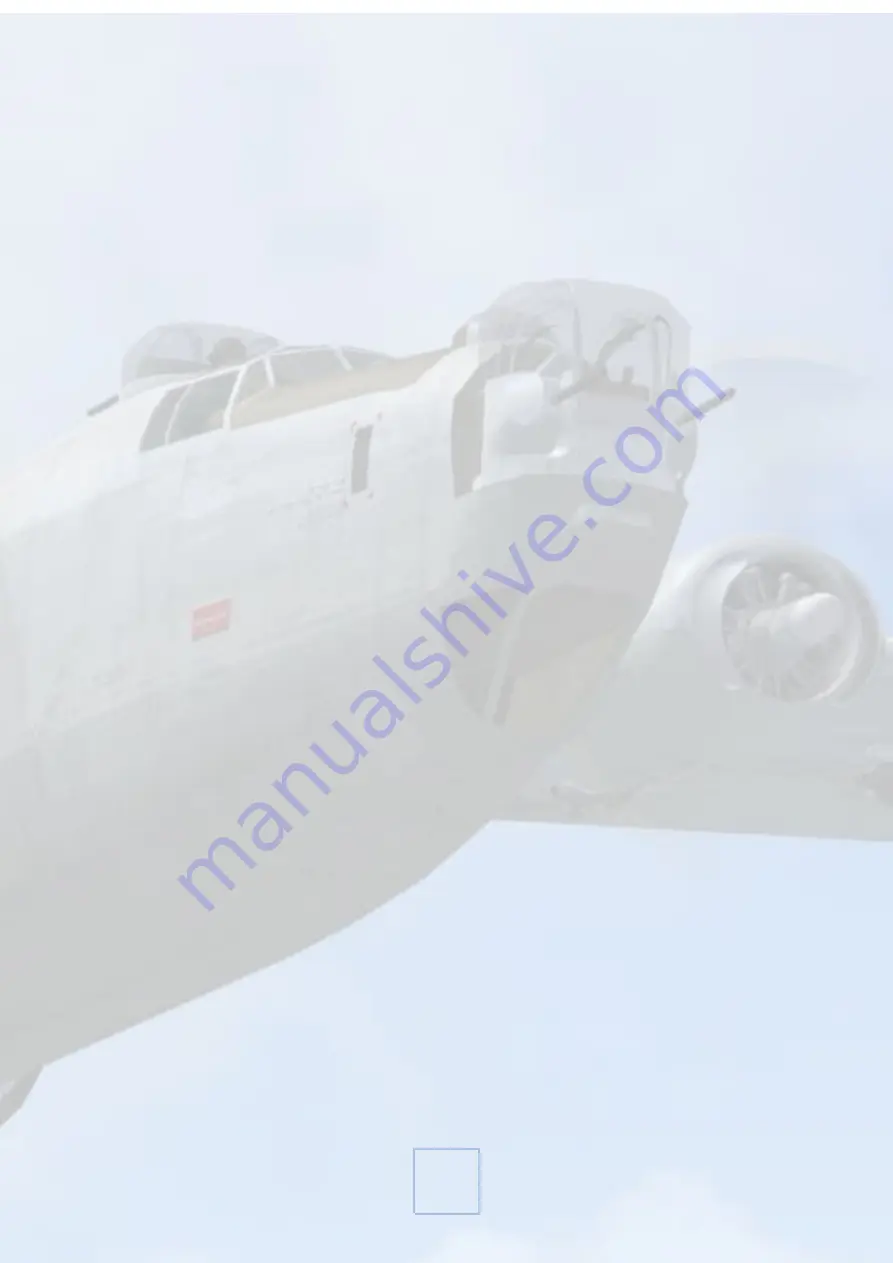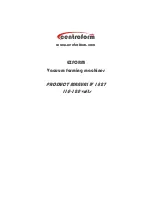
18
3. Set flaps to 20° (Flap position 3).
4. Open cowl flaps to their 50% position on all engines.
5. Ensure turbochargers are appropriately set and propeller RPM is at its
maximum position, and slowly apply full power on all engines (press F4
to ensure throttle is fully-forward).
6. At 100 mph IAS, apply back pressure to the control wheel. The
intention is to remove the weight from the nose wheel. The nose will
slowly begin to rise. Once the nose wheel is off the ground, hold this
attitude, but be careful not strike the tail-skid.
7. The aircraft will lift off the runway on its own around 125 mph IAS
assuming the correct shallow pitch attitude is maintained by back
pressure on the control wheel.
8. Depress wheel brakes once airborne to stop wheels.
9. Retract landing gear.
10. Retract flaps to the 10° setting at 140 mph IAS (Flap position 2).
11. Retract flaps fully at 155 mph IAS (Flap position 0), continue to climb
checklist.
12. As the flaps are retracted, the loss of lift may cause a loss in vertical
speed. Be sure to compensate for the momentary sink by increasing
back pressure on the elevator and/or elevator trim to maintain a positive
climb rate.
Climb (all weights):
1. Continue accelerating to 170 mph IAS. This is the ideal climb speed
for a heavily-loaded B-24.
2. After reaching climb speed, reduce manifold pressure to 46 In. Hg,
and reduce engine RPMs via the propeller RPM switches to 2600 RPM.
This is the climb setting.
Virtavia B-24 Liberator
Manual Version FSX 2.0










































